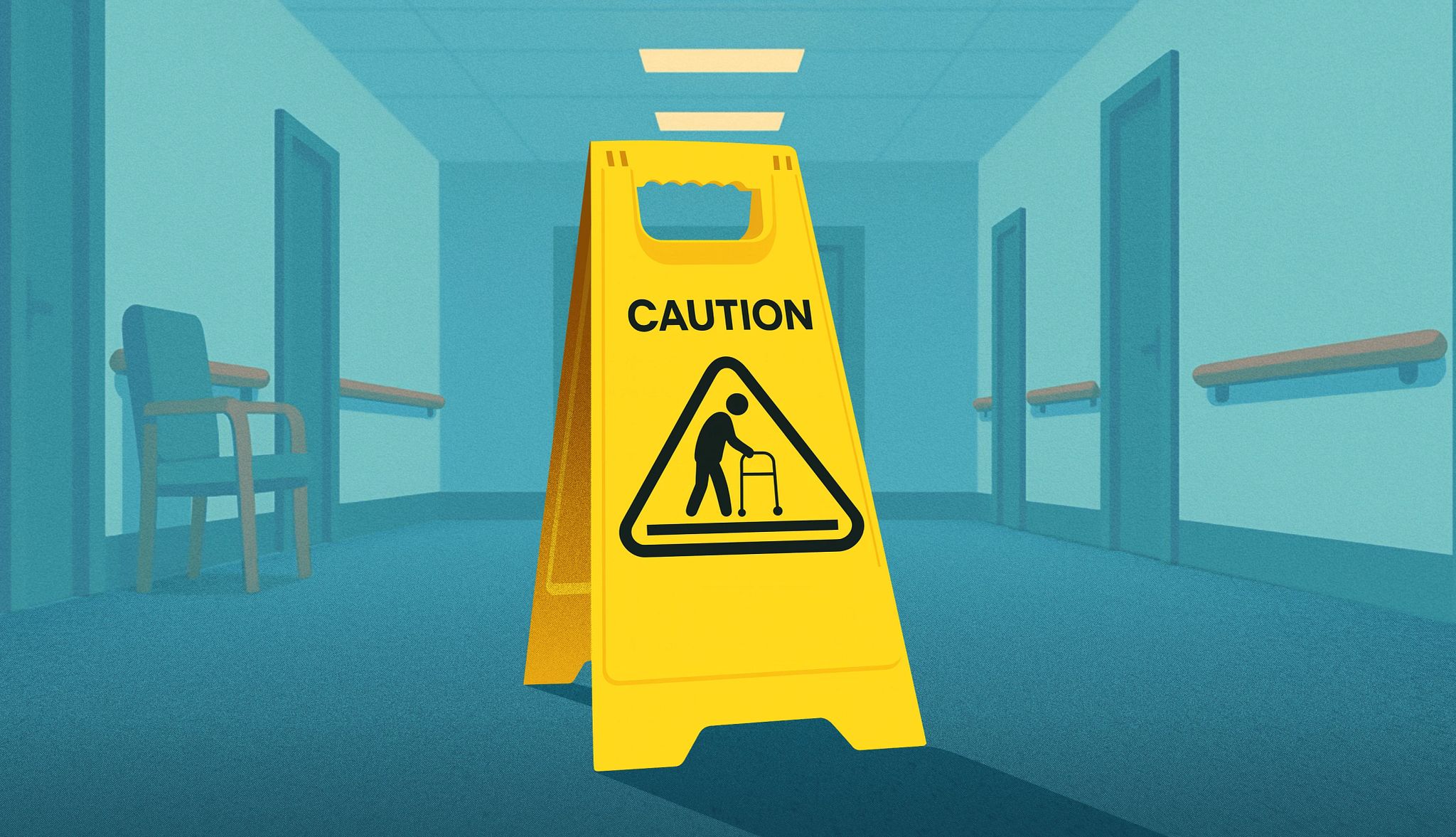AARP Hearing Center


JJ Elliott Hill learned just how quickly safe could turn unsafe for her mom, Connie, living with Parkinson’s disease. Her mom had endured multiple moves between facilities, each one promising attentive care, but each not meeting her care needs.
By the time Connie settled into a nursing home in Tennessee, Hill’s visits were punctuated by troubling phone calls: two falls in one week, injuries that could have been worse and rooms cluttered enough to trip even a careful visitor. Hill had assumed there would be proactive fall prevention, clear walkways, timely help, and well-fitted shoes, but instead, she found herself fighting for basic safety measures while also worrying about medication timing, nutrition, and her mother’s mental health.
“Putting safety measures in place are critical, but without constant vigilance, falls still happen, and the fear of that never leaves you,” says Hill.
Checklist for safety
For caregivers like Hill, knowing the right questions to ask about safety measures and spotting red flags early can make the difference between an environment that supports mobility and one that accelerates decline. Her family’s hard-earned lessons in fall prevention and safety are just one of several areas that every caregiver should know before trusting a facility with a loved one’s care.
Join Our Fight for Caregivers
Here’s what you can do to support family caregivers:
- Sign up to become part of AARP’s online advocacy network and urge lawmakers to pass legislation to save caregivers time and money.
- Find out more about how we’re fighting for you every day in Congress and across the country.
- AARP is your fierce defender on the issues that matter to people age 50-plus. Become a member or renew your membership today.
Safety in nursing homes requires constant attention. Family caregivers should keep an eye on the following areas:
- COVID-19 protocols
- Emergency preparation
- Fall prevention
- Infection control
- Medication errors
- Security and surveillance
Unlike assisted living facilities, which are regulated by states with widely varying quality standards, nursing homes are subject to federal rules that set nationwide requirements for safety, staffing and infection control.
“Families should understand this difference when comparing options, since oversight and protections are not the same between nursing homes and assisted living facilities,” says Lori Smetanka, executive director of the National Consumer Voice for Quality Long-Term Care in Washington, D.C.
While protocols, trainings and emergency preparedness at nursing homes are important to combat safety issues, the number one factor in keeping residents safe is staffing. “Families need to ask: How many people are here to provide care and keep residents safe? Without enough trained staff, falls and emergencies quickly turn dangerous,” says Smetanka.


































































More From AARP
Caring for Someone Who Won’t Care for Themself
Tips to avoid resentment when a loved one’s health problems are exacerbatedCare for Someone After Knee Replacement Surgery
What to do before and after a loved one has this common procedure
Tips for Handling COVID-19 Without a Caregiver
Experts provide tips on whereto turn in a caregiving emergency